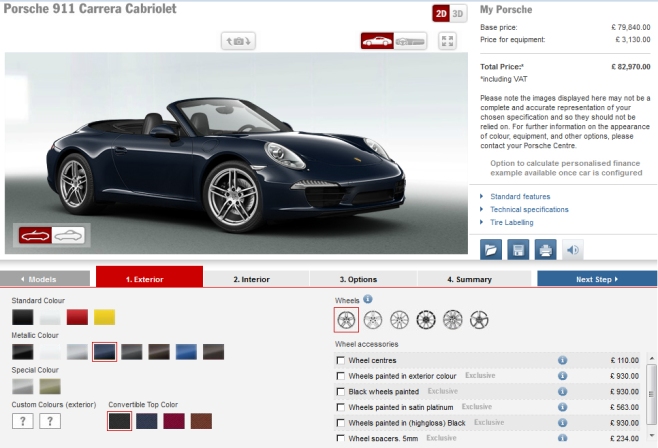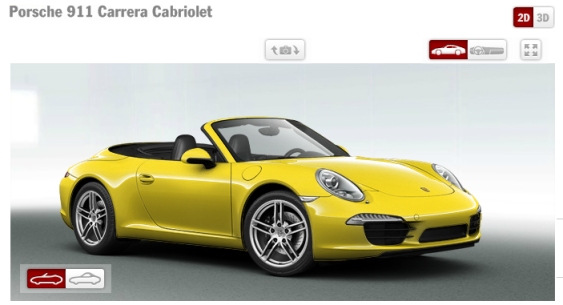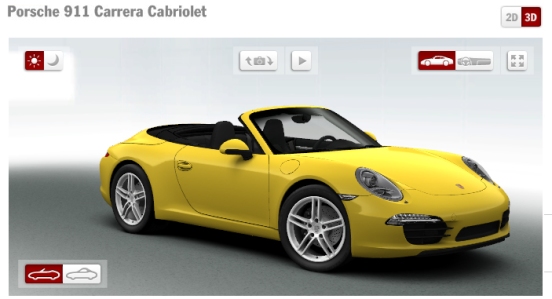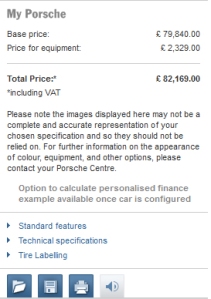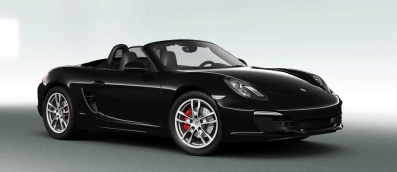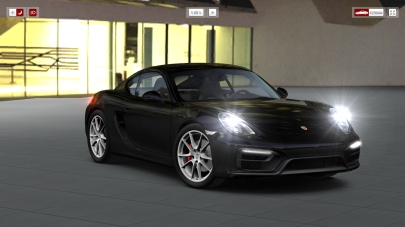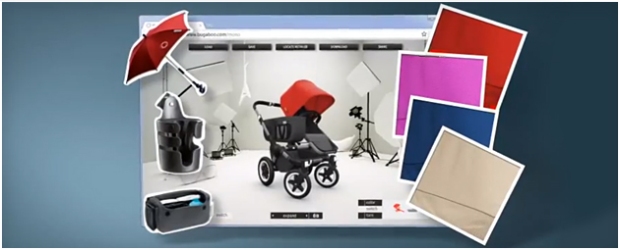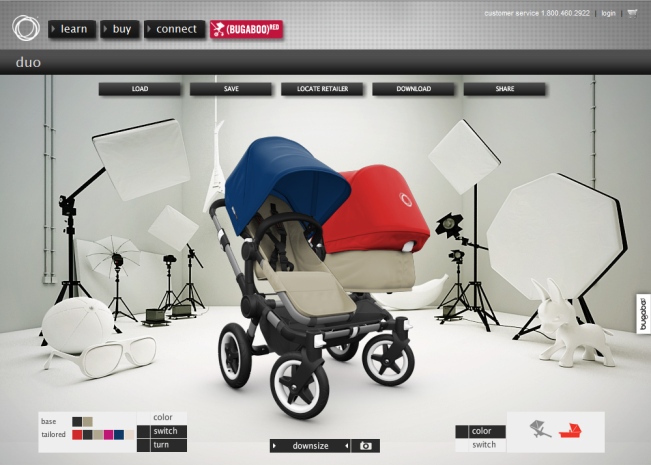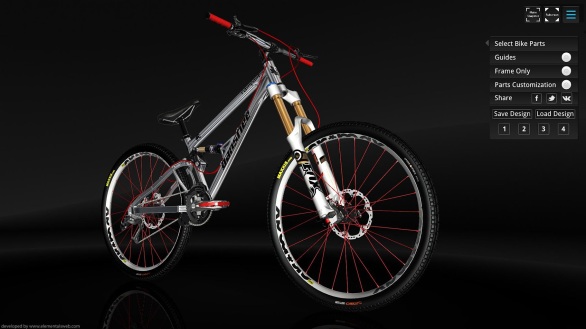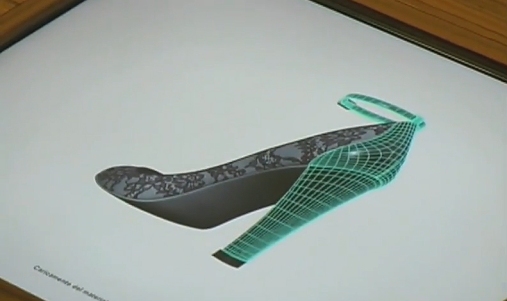Finally, someone has designed a good looking shed! Not only that, a good looking shed that you can customise. Not only that, a good looking shed that you can customise from within your existing shed!
Everyone knows what your typical bog standard shed looks like. A Google image search quickly reveals that they are not the most attractive of external household appendages. One of the biggest dilemma’s when designing your perfectly landscaped garden, is where and how to fit in that goddamn unappealing shed!
Wouldn’t it be great if there were more options, better designs and the ability to customise your own shed. Well, Studio Shed is one company that has grabbed that opportunity and taken it to the next level using cutting edge 3D technology.
A garden shed is a perfect product for customisation due to the unique needs customers and their gardens have. The simplicity of a shed’s shape and materials make it a great practical candidate for a product configurator. I’m glad IdeaRoom Technologies has grabbed hold of this opportunity, and created the Studio Shed Configurator.
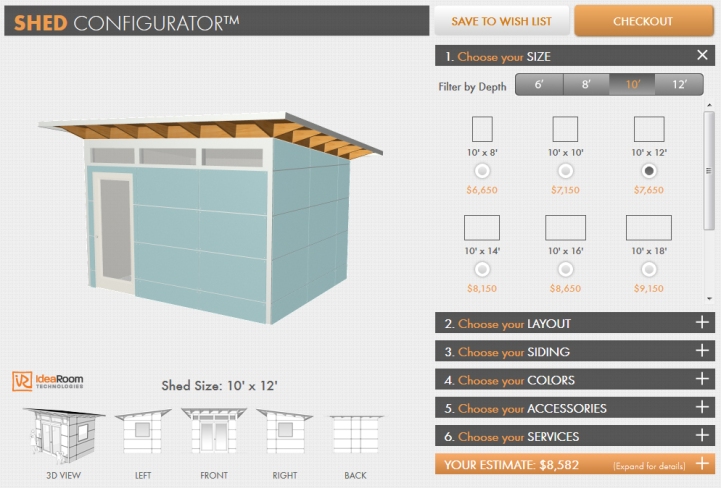 https://3dconfigurator.wordpress.com/2014/07/28/porsche-car-configurator-high-expectations/
https://3dconfigurator.wordpress.com/2014/07/28/porsche-car-configurator-high-expectations/
Studio-sheds are a modern concept in designer sheds not made from the standard types of wood typically used for sheds. I won’t go into the details of the the materials as it’s not relevant to the configurator discussion, but if you are interested, here is a link to the Technical Specifications. It’s enough to know, that the materials and manufacturing process are designed in such a way that it enables the customer to be flexible about their specific design.
It’s worth noting at this early point, that to enable a 3D product configurator to be created, it needs to go hand-in-hand with the ability for the company to cost-effectively build the various possible combinations. That might sound obvious, but for existing products, often the process needs to be re-engineered to allow a smooth customisation workflow.
Let’s take a closer look at this particular configurator, using the criteria I’ve defined in the past for reviewing 3D Product Configurators; Purpose, Product Visualisation, User Experience, Application and Innovation.
Purpose
The main purpose of this configurator is to allow a buyer to explore and select various shed customisation options to visualise the size, shape and colours of how those combinations look together with the intention of calculating a price to then go on and purchase.
Product Visualisation
In the last post I spoke of some of the key uses for interactive 3d technology for products. It points out that the technology can be used in many ways, and photorealism isn’t always necessary, or practical, based on the intended purpose of the configurator.
This configurator demonstrates that perfectly. The main purpose here is to use 3D technology to cleanly and simply illustrate size, shape, dimensions, colours and combinations for your custom shed. Photorealism isn’t important.
With today’s technology, photorealism is costly, and regardless, you still need to see an example of the true materials or a variation of the real product to be certain it exists and is of the desired quality. Once you have trust in the materials, then the process of playing with combinations doesn’t require photorealism because at that stage you are exploring options.
Now, don’t get me wrong, the more photorealistic the better, but the point is that it’s not specifically needed for all configurators to be of benefit to the customer and to be cost effective to the company. However, these companies do like to make sure their products look as beautiful as possible, so as long as there are marketing images to complement the more illustrative style used above, they will be on to a winner.
User Experience
Your first impressions might be that it looks a bit basic, but you’d be missing the point. The beauty here lies with it’s simplicity, and as they say, KISS.
 There is an incredibly simple and clear layout, and the graphic design easily draws your eye to the product on the left, options to the right and some standard product camera views at the bottom.
There is an incredibly simple and clear layout, and the graphic design easily draws your eye to the product on the left, options to the right and some standard product camera views at the bottom.
To rotate and zoom-on the 3D shed is very intuitive with the mouse, and within a few clicks and drags, you have mastered the navigation for the whole configurator.
The options on the right are bold and clear, and when you click on a heading, it elegantly reveals the options within.
As you click on the options, the 3D model updates very quickly, and often the 3D view adjusts it’s camera position to optimise the view based on your selection. A nice touch.
I found that the more I played with it, the more I enjoyed it and appreciated the effort that has gone in to making it feel so simple, masking the fact it is a very powerful application.
I have mentioned in the past that a full screen immersive 3D experience with menus gliding in on-demand is a good design feature for these configurators, but for this, I think having all the menu options at the ready works because the style and simplicity of the product doesn’t require full screen.
Application
IdeaRoom Tech, the company that built the configurator, has many years experience building software applications, so the architecture is built on a very solid framework.
The core application that the user experiences, has been built from the ground up using WebGL. This is a very important design decision, because it means the solution is proprietary to them, and they are not relying on a third party, like Unity or Unreal Engine. More importantly, because it is built with WebGL, it works on most browsers without the need to load a plug-in. Although it is optimised for WebGL, the application also incorporates a non-WebGL approach for legacy browsers. In this case product images are rendered on s server but the same configuration options are available.
IdeaRoom has recognised that building a configurator is best created as a software application from the bottom up as opposed to being built as a product visualisation marketing tool, starting from the top down.
Innovation
I think this is a very innovative application, particularly because it’s been custom build and has a unique visual style, layout and code-base to create a very simplistic configurator. The ability to use it on many platforms with no-plugin is a key innovation.
Summary
All in all, I believe this configurator achieves it’s purpose and therefore is a successful example of a solid 3D product configurator. It is exactly the type of example I’ve been looking for which finds the right balance between visual value, usability and practicality.
From my research, it’s become obvious that 3D digital product configuration is really the only way to easily view multiple customisation options for a product, so with that in mind, I think more applications should think about the value of ‘viewing combinations’ over ‘photorealism’.
IdeaRoom has a few other projects in the pipeline so I’m looking forward to seeing more from these guys and I’m glad they’ve been able to shed some light on an alternative approach to 3D configurators.








